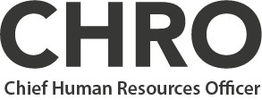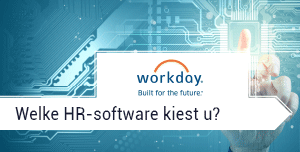How Does “The Internet of Things” Change HR Workforce Planning?

By Frans Smolders, SAP
In 2013, mobile devices outnumbered the human population, and some estimates predict that 24 billion devices will be connected to the internet by the end of 2020. This trend impacts the way we do business in all levels of an organization.
How Will that Change the HR Domain?
Maximizing human resource (HR) utilization is a top priority for every CEO. The ability to select the right man for the job at the right time in the right place for the right cost is taking on new dimensions in this coming period. Workforce planning will become more intelligent and will allow us to plan which people we need and when in real time, based on an integrated operational project plan.
With an increasing flexibility in labor contracts across the globe, it will become easier to hire, retain, and lay-off based on predicted needs. If projects’ plans are connected to recruitments systems, it will become easier to select the right person for the job, even internal or external. In the future, we’ll be able to leverage historical costs of hiring and onboarding processes. With real-time salary benchmarks, it will become transparent what hiring a new resource will and should cost on the spot.
When it comes to hiring temporary staff to fill a sudden resource gap, potential new hires will be evaluated and made an offer in real-time, then on-boarded and informed on the spot via their mobile phones.
Predictive functionality will provide clarity on what workloads are expected and what future skills are necessary to run the business. Strategic plans can be made instantly, factoring in external economic and political trends. Resource plans can be made based on projected internal and external workforce supply and organizational modeling will be based on information from all enterprise processes, combining data from finance, HR, logistics, supply chain and sales.
All of this will be done real time in the board room, executed by people with intelligent glasses and led by a holographic image of the CEO. Well, maybe that’s taking it one step too far, but let’s see how far we can reach in the coming years!












